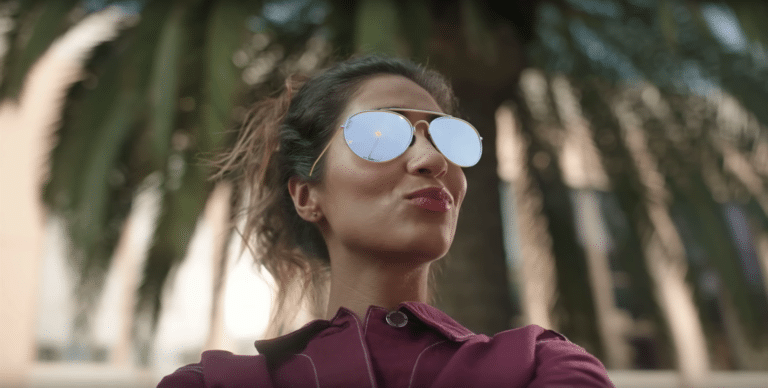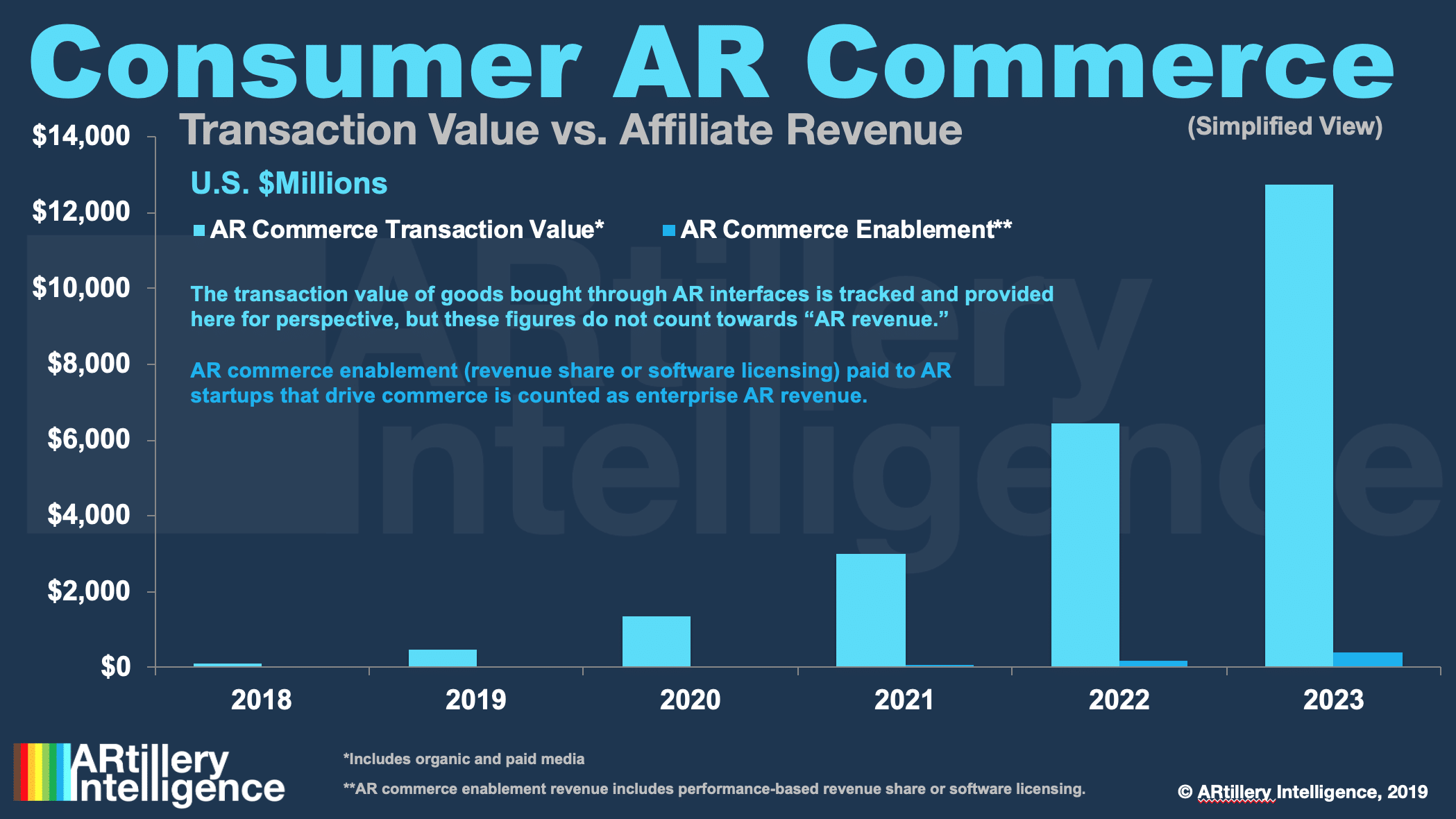
Data Point of the Week is AR Insider’s dive into the latest spatial computing figures. It includes data points, along with narrative insights and takeaways. For an indexed collection of data and reports, subscribe to ARtillery Pro.
In “new normal” shelter-in-place life, lots of businesses are clearly suffering — especially high touch services and local storefronts. But a handful of others, mostly in tech, are exceeding normal usage levels. That includes quarantine-friendly fare like Zoom and casual games.
Another segment on that list is anything eCommerce related. eCommerce enablers like Shopify are in high demand as order volume picks up. To quantify that, eCommerce is up 49 percent month-over-month in April. That includes standard eCommerce fare as well as grocery delivery.
One question being raised in spatial computing circles is how AR (and VR) could get a much-needed inflection. That’s indeed happening with flavors of AR that are tied to social communication, as Snapchat lenses keep people connected with a much-needed dose of whimsy.
But related to the above, what about AR Commerce? Given that brick & mortar’s normal dominance is challenged by lockdowns and social distancing, could AR’s immersive try-ons be the next best thing? And could that represent a much-needed opportunity for the technology to shine?

By the Numbers
To quantify that opportunity, retail analytics firm First Insight reports that only 33 percent of consumers feel safe shopping at malls. The story is better for department stores (37 percent), big-box retailers (45 percent) drug stores (50 percent) and grocery stores (54 percent).
Beyond survey data, real-world “actuals” validate brick & mortar attrition. The U.S. Census Bureau reports that retail sales during March were down 8.7 percent, the biggest monthly drop since the 2009 Great Recession. Clothing, furniture and luxury goods are hardest hit.
It’s clear without seeing these numbers that physical shopping needs alternatives. But it’s also a question of consumer sentiment and confidence as things return to normal. There will be lasting impact and instilled apprehension toward public spaces and stores for months to come.
That brings us back to AR’s moment to shine. It theoretically has the chance to bring physicality and embodiment back to shopping through dimensionally accurate visualization. We’ve all heard the pitch: AR can let you try on shoes, lipstick and couches from the comfort of your home.
Proof Points
To put some backing behind that well-worn narrative, we continue to see evidence for AR’s ability to boost eCommerce conversions. As part of AR beauty app YouCam’s recent integration to WeChat, it boasted 1.6x conversion deltas and 2.7x basket sizes versus non-AR (see above).
The WeChat integration could give YouCam much greater scale. It’s already achieved 800 million downloads of its flagship app, a strong signal for its potential when the mighty WeChat throws gasoline on it. AR as a consumer technology will benefit from that amplified exposure.
YouCam’s owner Perfect also recently reported that it sees 2.8 billion AR cosmetics “try-ons” per month across its YouCam suite of apps. That flows from 25 million photos per day taken in YouCam’s Perfect app, with more than 58 percent of them applying AR filters.
Cosmetics aligns with AR’s capabilities, as do sunglasses or any face fodder. But the larger opportunity could be in rear-facing camera activations to augment the broader canvas of the physical world. The UX and consumer demand will continue to evolve and will be watching closely.







